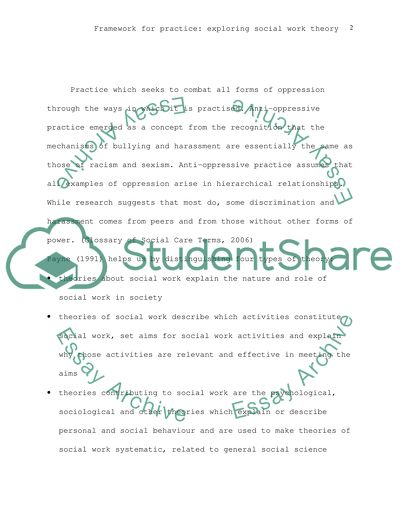Cite this document
(“Social Work Theory Essay Example | Topics and Well Written Essays - 3250 words”, n.d.)
Social Work Theory Essay Example | Topics and Well Written Essays - 3250 words. Retrieved from https://studentshare.org/psychology/1520379-social-work-theory
Social Work Theory Essay Example | Topics and Well Written Essays - 3250 words. Retrieved from https://studentshare.org/psychology/1520379-social-work-theory
(Social Work Theory Essay Example | Topics and Well Written Essays - 3250 Words)
Social Work Theory Essay Example | Topics and Well Written Essays - 3250 Words. https://studentshare.org/psychology/1520379-social-work-theory.
Social Work Theory Essay Example | Topics and Well Written Essays - 3250 Words. https://studentshare.org/psychology/1520379-social-work-theory.
“Social Work Theory Essay Example | Topics and Well Written Essays - 3250 Words”, n.d. https://studentshare.org/psychology/1520379-social-work-theory.


